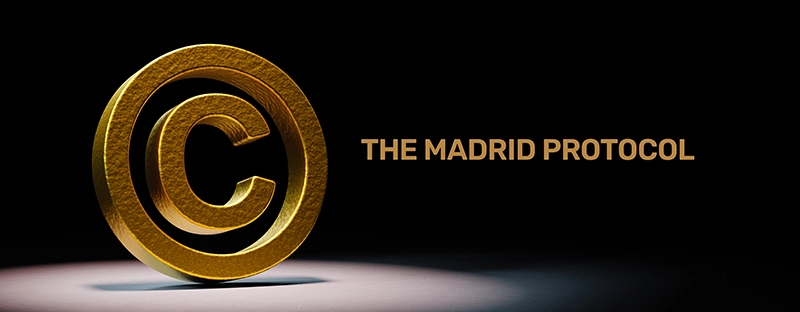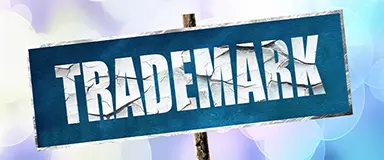Complete step-by-step guide to registering a trademark with the USPTO in 2025. Learn filing requirements, costs ($350 base fee), timelines (12-18 months), and maintenance requirements.
Simplifying International Trademarks With the Madrid System
Written by Emily Brooks ·

Way back in the 1800s, the increase in international trade gave rise to a need for more far-reaching trademark laws and agreements. The Madrid System was one of the earliest attempts to streamline the application for trademarks in countries that fell under its remit. Today, the Madrid Protocol is an expanded version of this System, encompassing trademark registration for over a hundred different countries via a single application process.
Let’s learn a little more about the Madrid System and Protocol and how this approach is still benefiting individuals and businesses today.
The History of the Madrid System and Protocol
The Madrid System began in 1891 as a union of nine countries who wanted to streamline the international registration of “marks.” Marks were names, logos, and creator’s stamps that eventually developed into what we now call trademarks.
Over the years, the System has expanded to include more countries — as of 2025, 131 countries are now covered via 115 members. In 1989, the System developed into the Madrid Protocol, with articles from both still governing international trademark registrations to this day.
The Madrid Protocol is administered by the World Intellectual Property Organization (WIPO), a specialized UN agency dedicated to protecting the IP of creators and innovators.
Benefits of Utilizing the Madrid System for International Trademark Registration
Why is it useful to know about the Madrid Protocol? Primarily because you can make a single application — with a single set of fees — to register your trademarked names and slogans in multiple countries at once. The United States is covered by the Madrid Protocol, as are many countries in Asia, Africa, the EU, South America, and other locales. The Protocol is also always expanding, with new members added as recently as 2024 — the member countries account for 80% of trade worldwide.
Because trademarks under the Madrid Protocol are managed via WIPO, there’s just one centralized administration entity to deal with. As long as you’re dealing with trademark issues in one of the included countries, you only ever have to contact WIPO and your own partners or legal experts. WIPO handles renewals and modifications to your trademarks as well as more complicated requirements such as updating trademark ownership details.
It's also a cost-effective way to gain legal trademark registration in multiple countries. The fees are applied per application rather than per country.
Are There Disadvantages to Using the Madrid Protocol?
While registration and administration are centralized, there are still some country-specific rules that applicants should be aware of. In many cases, a trusted trademark registration partner can handle the complexities of differing international laws. For example, in some countries, you have to be a resident or prove that you’re operating a business within the borders of the country prior to registration. Some trademark experts can use proxies to both register the trademark and monitor for infringement. However, these services are not provided under the Madrid Protocol.
Also, not all countries are covered by the Protocol. If your country of choice isn’t included, you’ll need to make separate applications accordingly.
There are also risks associated with a single, centralized system. A cyberattack, for example, could impact everyone whose trademarks are administered by WIPO.
A Brief Guide to Filing International Trademarks Under the Madrid Protocol
If you operate in or want to operate in one of the 131 countries covered by the Madrid Protocol, there’s a fairly simple process to follow:
- Prepare the application form and file it, either using the eMadrid service where applicable or a trusted trademark registration service.
- Wait for WIPO to formally examine the application — if there are problems, you’ll receive an irregularity notice.
- Wait for the member states (the countries you want to operate in) to examine the application and either grant or decline the trademark registration.
The process can take 12-18 months from the moment the application reaches the member state IP office. The result will be sent back to you via WIPO.
Utilizing the Madrid Protocol for International Trademark Registration
Clearly, there are many benefits to applying for international trademarks via the Madrid Protocol. However, you will still benefit from seeking expert advice on ensuring your trademark is valid, filing correctly, and mitigating unforeseen circumstances, such as your name already existing in your country or countries of choice. Choose a trademark registration partner with the experience to navigate these pitfalls and help protect your brand effectively overseas.


